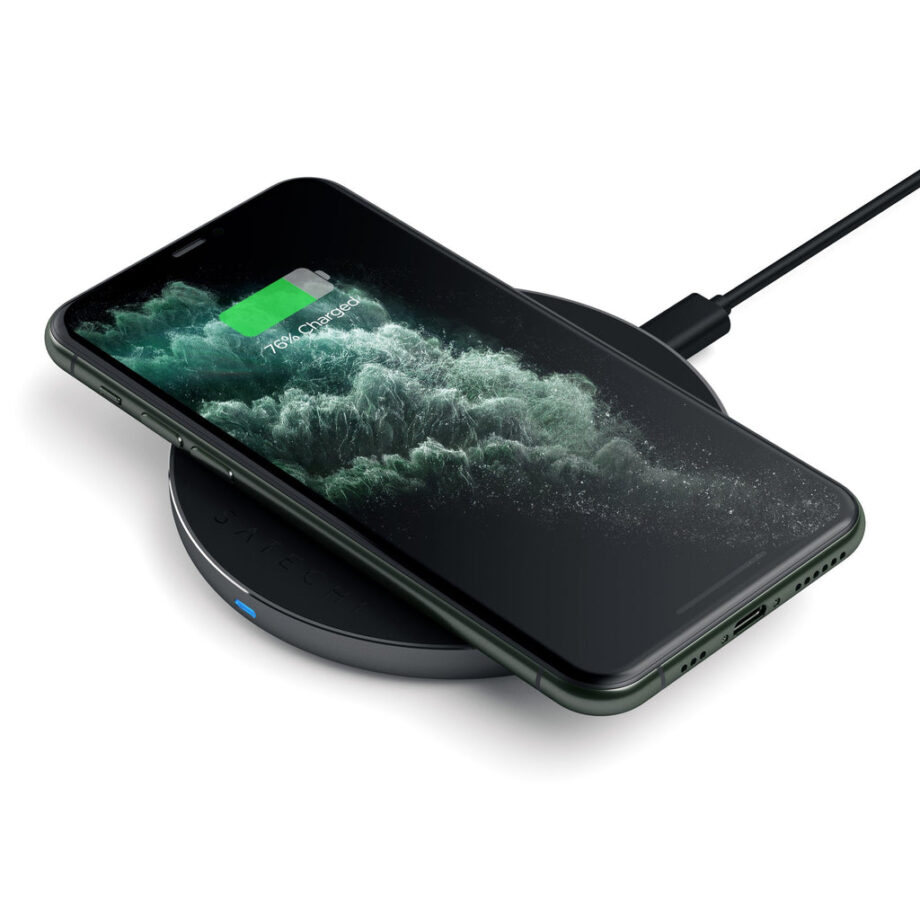Wireless charging is quickly becoming a popular trend due to its simplicity. The majority of users who purchase flagship smartphones also purchase batteries or charging solutions. Despite its benefits, some people are still hesitant to accept this technology. Several customers have resorted to the internet to express their concerns about the wireless charging technology causing their device’s battery to be damaged. We’ll go through how the technology works and if it’s helpful for your device’s battery in this article.
Modern smartphones utilize electromagnetic induction to wirelessly charge themselves by transferring electrical power from the charger to the phone. To use this technology, you’ll need a suitable wireless charger and a smartphone that supports wireless charging. Copper coils are required for both the smartphone and the charger.
When you place a suitable smartphone on a wireless charger, a fast-changing magnetic field interacts with the copper coil within the phone. The magnetic field then creates electrical power in an enclosing loop that connects with the magnetic field via electromagnetic induction. The current flow that is generated charges the battery.
Firmly coupled electromagnetic inductive charging is the name for this type of wireless charging. For this system to work, two copper coils must be put near together. For this form of wireless charging to operate, the copper coils must be aligned. Other types of wireless charging solutions exist to address the issue of proximity.
Wireless charging is not harmful to your smartphone, contrary to popular belief. Users claim that wireless charging produces more heat than cable charging, leading them to fear that wireless charging harms their phone’s battery.



